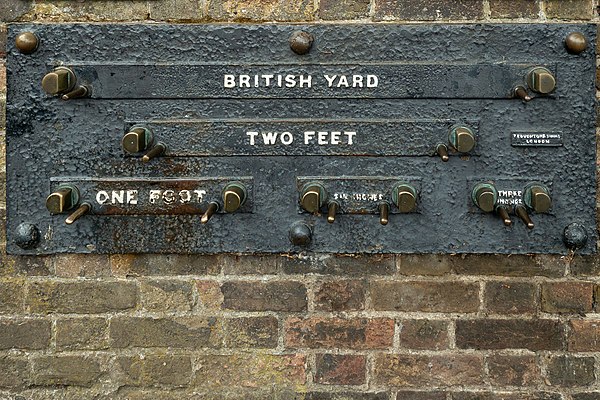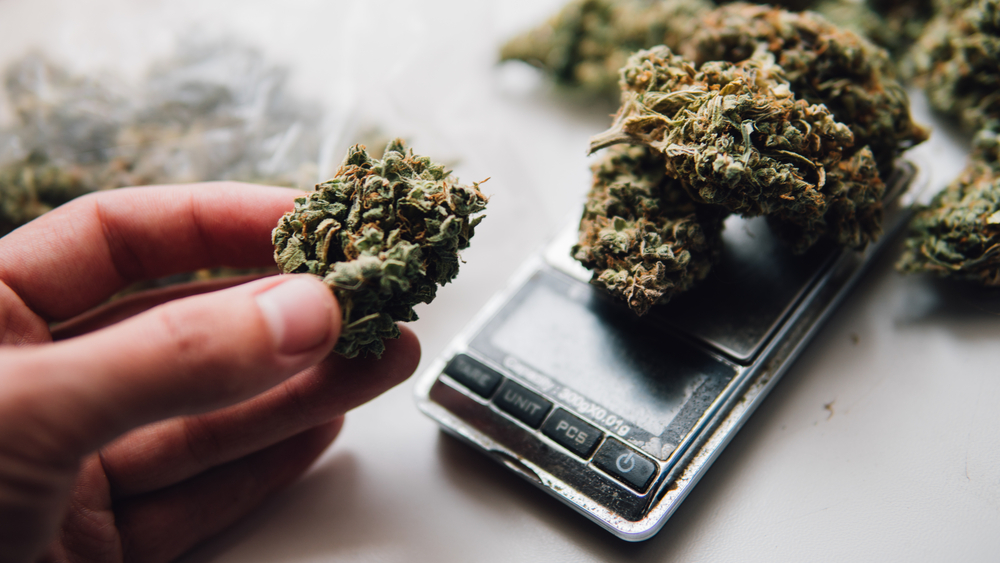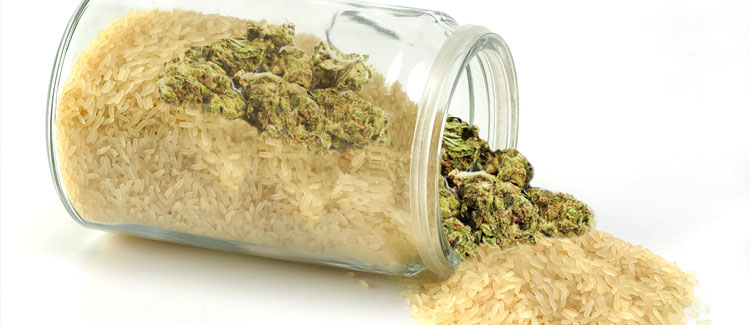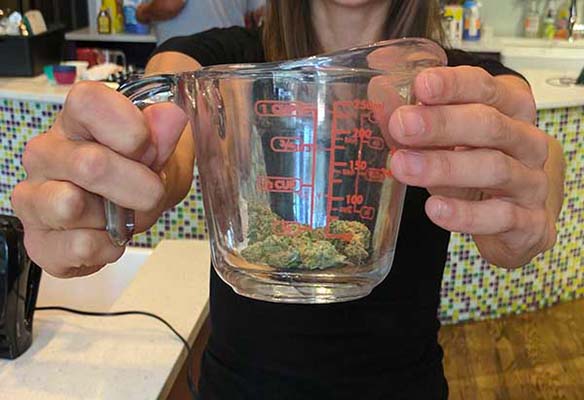Why Do We Weigh Cannabis in Grams?
Image via
Whether it’s weed purchased on the street or cannabis bought at a licensed dispensary, we generally weigh small amounts of cannabis in grams, especially when it comes to amounts less than an ounce. In the US, we typically weigh commercial goods in ounces or pounds, so why are grams the universal measurement for smaller amounts?
To understand this, we first need to distinguish two common systems of measurement: the SI, or international system of measurements, and the English or imperial system.

The King’s Foot
Although today we tend to take measurements for granted as fixed, universal units (1 inch is always exactly 1 inch, right?), historically, this wasn’t always the case. The British or imperial system traces its roots back to ancient Rome, with measurements based on commonly traded goods. For instance, in the 1300s, an “inch” was defined as the length of three “average” or “ideal” barleycorns set side-by-side. Of course, no such “ideal” seed exists.
Over the centuries, various imperialist measurements for volume, weight, and distance changed as new kings assumed control of their kingdoms. This led to a lot of headache. For example, if imperial distances were redefined, farmers had to change the boundaries of their lands by literally moving all of their fence posts. (To be fair, SI unit definitions have also changed over the centuries, but these changes are relatively tiny and largely insignificant for most practical, everyday cases.)
By the 1960s, both SI and imperial units became completely standardized (so, no more shifting fences with each new king), though most developed nations adopted the SI system. Today, even Britain relies on the SI system. The US remains one of the only developed nations that still relies on imperial units.
So, why did most of the world go with the SI system? SI measurements hinge on factors of “10” for determining how units are categorized, which the French dubbed a “decimal system.” For instance, a kilogram is “1,000 grams” or, “three factors of 10 greater than 1 gram.” In the imperial system, however, there are few “neat” conversions as you see in the SI system. For instance, an imperial ounce equals 437.5 imperial grains — not exactly the neatest conversion. On the other hand, to convert “kilograms” to “grams,” a person simply divides kilograms by 1,000. Or, for the less mathematically inclined, one simply “moves the decimal” three places to the right — no calculators necessary.

Alright, So What About Weed?
Coincidentally, grams convert to ounces or pounds relatively easily, though these conversions aren’t exact. You’re probably familiar with an eighth-ounce of weed coming out to about 3.5 grams. A quarter-ounce of weed is about 7 grams. Again, these aren’t exact conversions, but they’re close enough for the average toker.
For the record, US educators and institutions have tried, for decades, to convert the Land of the “Free” to the SI system. Each time, these attempts at national conversion have failed. Americans just can’t let go of the king’s feet — or the king’s weights, which is why we still weigh weed in pounds and ounces even though we also weigh it in grams, too.

Our Hot Take: Imperial System’s Small Measurements Are Inconvenient for Cannabis
Now, when we get to smaller amounts, like the amount of cannabis that fits into a joint, imperial measurements just don’t cut it. For instance, the average joint holds about 1 gram (SI) of ground-up flower. But if we tried this with a common imperial unit for small amounts, such as “grains,” this gets complicated: 1 gram equals about 15.43 grains. An eighth-ounce of weed, or 3.5 grams, becomes roughly 54 grains in imperial units.
Another imperial unit for small weights is the dram, or, more precisely, the avoirdupois dram. In the US, we usually weigh whisky in drams, so, if we’re going to regulate “marijuana like alcohol,” wouldn’t it make sense to use the dram instead of the gram?
No! And here’s why: 1 gram is about 0.564 dram. And 1 dram is about 27.34 grains. If we’re trying to convert between drams and grains, the calculations become a bit of a nightmare. You can already see why most cannabis sellers prefer to stick with grams when weighing smaller amounts of cannabis: The math is much easier to calculate in grams than it is in grains or drams, as most smaller weed weights will fall somewhere between 0.5 gram to 7 grams. At greater than 7 grams, we can start referring to weights in terms of ounces (or fractions of ounces, rather, such as a quarter-ounce).
Furthermore, calibrating a scale that measures in grams is both convenient and efficient. The US nickel weighs almost exactly 5 grams. And most folks have a nickel laying around their home, if not residing comfortably within their own pockets. If you want to ensure your seller’s scale is accurate, simply drop a nickel on it. If it’s not reading 5 grams, something is off (and you’re likely getting ripped off, too).

But, There’s Gotta Be Another Way
Now, what if we went with a more familiar imperial unit for measuring a joint or a bowl, such as ounces? In that case, 1 gram equals 0.035274 ounces. If someone only wanted to buy 2 grams of weed for the weekend (we envy such lightweights), the seller would need to weigh out 0.07 ounces, which will be both tricky and inaccurate with most commercially available scales.
There is one neat imperial conversion for small weights to larger ones. One pound equals exactly 7,000 grains. However, 1 grain equals about 0.065 grams. So, good luck trying to divvy up that pound in equal portions of grains with your standard pocket scale. Or, you could just do it in grams and save yourself a lot of unnecessary arithmetic.
